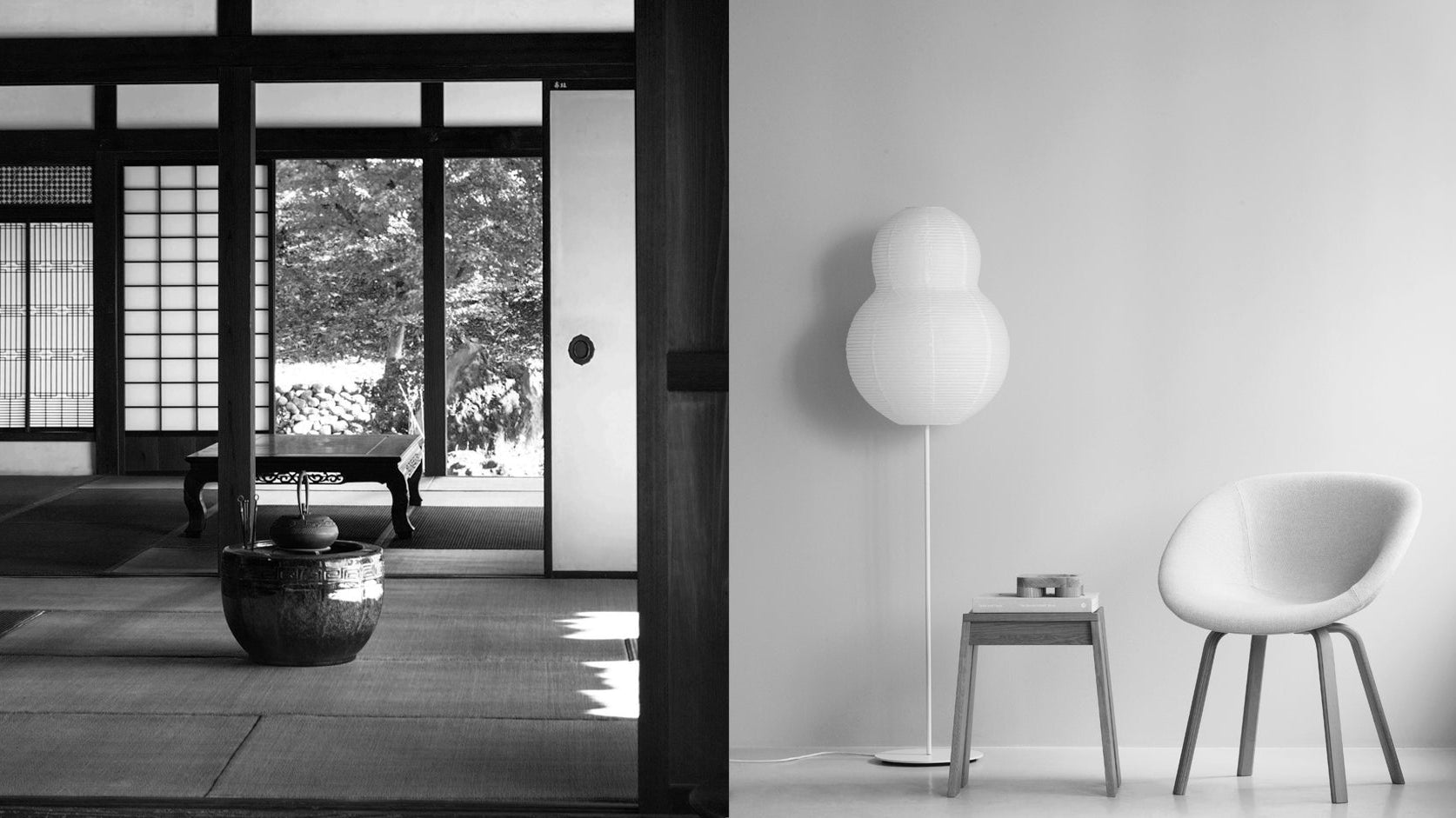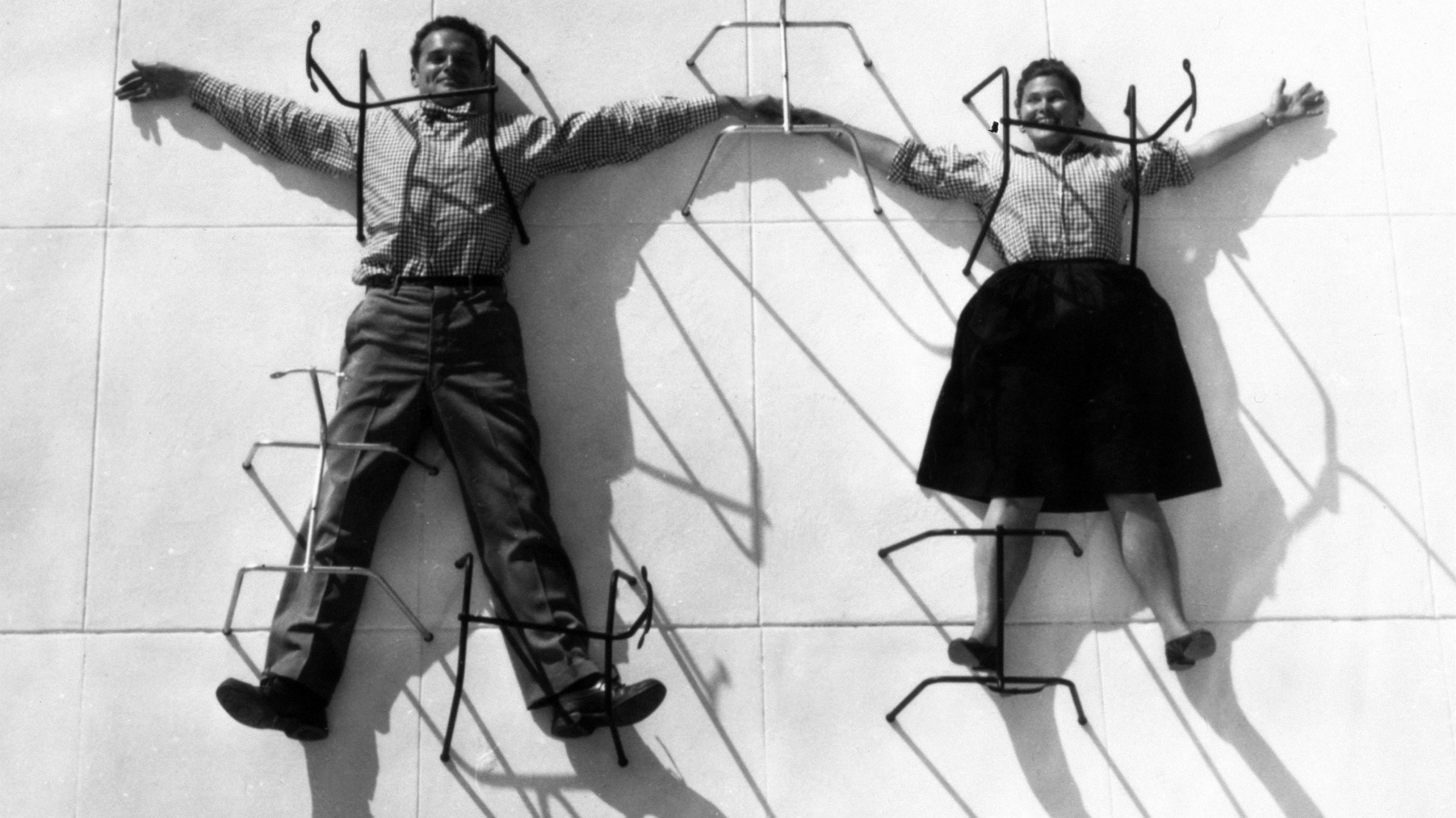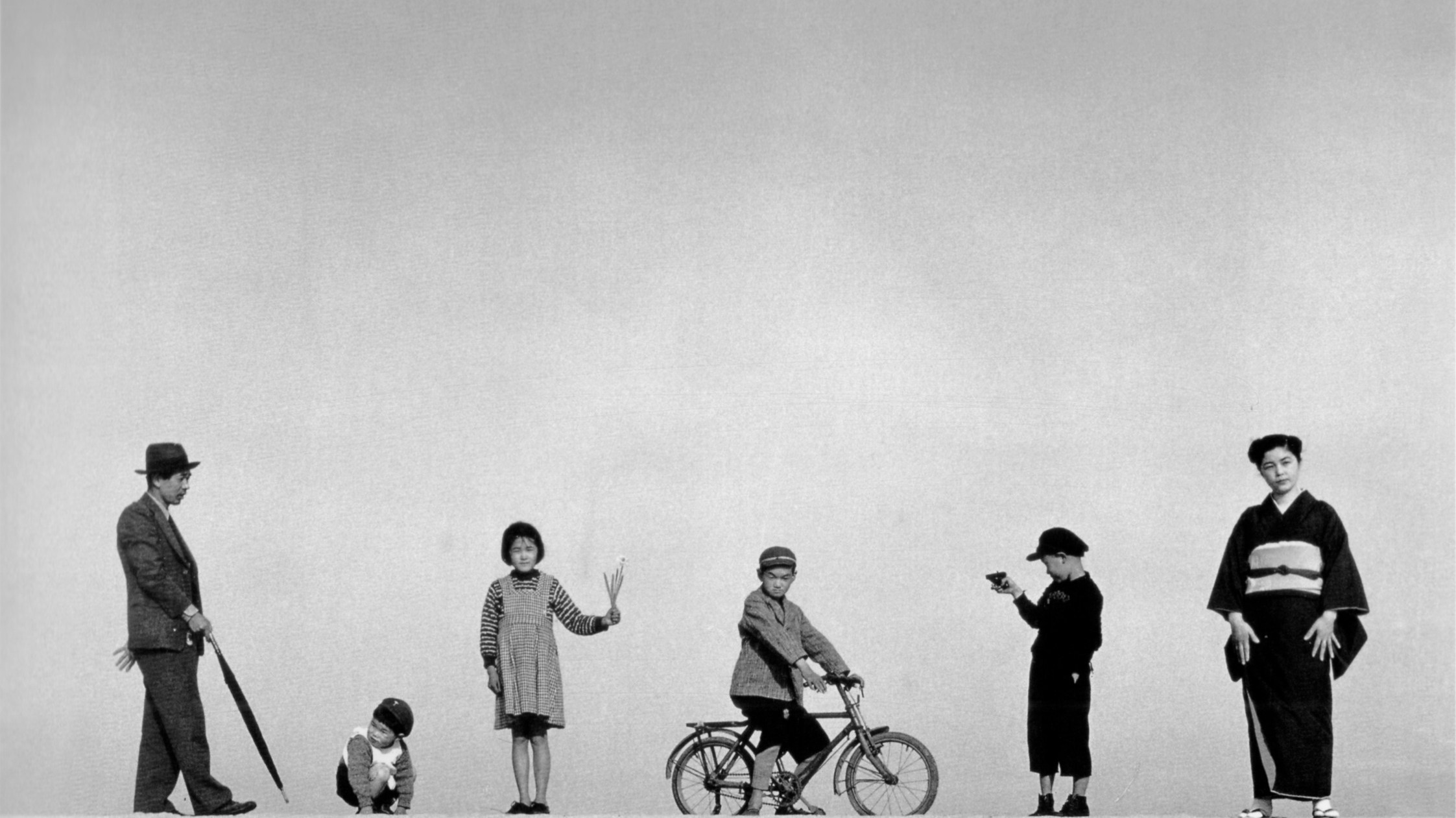Japanese minimalism and Scandinavian design are often compared, and at first glance they do seem to belong to the same category. Yet the moment you step into each space, the atmosphere changes completely.
One feels calm and meditative, shaped by clarity and restraint. The other feels warm and inviting, created through light, comfort, and softness.
This article explores what defines these differences and how each style creates its own way of living well.
The Essence of Japanese Minimalism
Japanese minimalism grows from a long tradition of finding clarity in emptiness. Rooted in classical aesthetics and shaped by Zen thought, it goes far beyond simple decluttering. It encourages a way of living built on mindfulness, tranquility, and a quiet appreciation of the natural world. It is the belief that beauty can be gentle, subtle, and simple.
In a Japanese minimalist home, rooms are arranged to let the space breathe. Empty areas are treated as part of the design rather than something to be filled. Natural materials, clean lines, and thoughtful restraint create an atmosphere that feels grounded and uncluttered. Instead of adding more objects, the focus stays on clarity, balance, and the quiet presence of nature.
The result is a space that feels calm, intentional, and almost meditative. It invites you to slow down, pay attention, and experience a deeper sense of presence. This is the essence of Japanese minimalism: a style that supports stillness and creates a gentle harmony between the home and everyday life.

The Essence of Scandinavian Design
Scandinavian design grew out of a very different environment. Shaped by long winters, limited daylight, and the need for comfort, it developed as a way to make everyday life feel warm, bright, and livable. It also embraces the belief that beautiful, functional design should be accessible to everyone, not just the wealthy.
In Scandinavian interiors, simplicity is more than clarity. It creates softness, light, and ease in daily routines. This design philosophy values warmth, comfort, and human connection, making the home feel like a supportive place to live.
Rooms are bright and open, designed to bring in as much natural light as possible. Soft textiles, pale woods, and gentle shapes contribute to a space that feels welcoming and relaxed. Furniture is functional and approachable, created to support daily life rather than to be admired from a distance.
The overall atmosphere is calm, cozy, and emotionally warm. Scandinavian design encourages a feeling of ease, as if the space is inviting you to settle in with a cup of tea, read a book, talk with someone you love, or simply unwind at the end of the day.

The Language of Materials
Although Japanese minimalism and Scandinavian design both value natural materials, the way each style uses and presents these materials creates very different impressions.
In Japanese minimalism, materials are appreciated for their natural character and visible history. Wood often has deeper tones, pronounced grain, and subtle imperfections that reveal age and past use. Surfaces remain matte and understated, and fabrics are simple and unpatterned. Nothing feels overly polished or decorative.
Japanese interiors also use lightweight and translucent materials such as rice paper in shoji screens and lampshades. These elements soften light and create a gentle sense of depth. The beauty lies in quiet details, natural irregularities, and the presence of raw, honest materials.
Scandinavian design also values natural materials, yet expresses this appreciation in a different way. Wood tends to be pale and smooth, textiles add warmth and texture, and surfaces feel clean and fresh. Aging is embraced here too, but it appears as soft, everyday wear rather than visible imperfections. The focus is on durability, comfort, and a lived-in feeling.
Sunlight gradually changes the tone of wood, fabrics soften with use, and materials develop gentle wear over time. Scandinavian spaces often incorporate modern materials such as glass, powder-coated steel, or molded plastic, especially in lighting and smaller furniture. These elements add brightness and practicality, and they appear more frequently than in Japanese minimalist interiors.
While Japanese minimalism uses materials to express quiet authenticity and the beauty of natural irregularities, Scandinavian design uses them to create warmth, lightness, and everyday comfort.
Different Approaches to Color and Light
Another key difference between Japanese minimalism and Scandinavian design lies in how each style approaches color and light. These choices are deeply shaped by climate, culture, and daily life.
Japanese minimalism often uses a warm, earthy palette. Wood tones are deeper, and natural colors such as beige, brown, charcoal, and muted green create a grounded and subdued atmosphere. These tones support a calm, reflective environment that encourages focus and peace.
Shadows also play an important role in Japanese interiors. Instead of being viewed as something to eliminate, shadows are seen as part of the aesthetic. They add depth, quietness, and a gentle sense of mystery to the room.
Lighting is soft and diffused. Rather than bright illumination, Japanese minimalist spaces rely on light that blends naturally with surrounding materials. Light often filters through paper screens, natural fabrics, or shaded fixtures, softening harsh daylight and creating a warm glow that shifts gently throughout the day.
Scandinavian design uses a far lighter palette, shaped by long winters and limited daylight. Cool, airy tones such as white, pale gray, soft beige, and light wood help interiors feel brighter and reflect as much natural light as possible. Small accents in muted pastels or graphic touches introduce a sense of cheerfulness and energy without overwhelming the space.
Lighting is equally essential. Scandinavian homes layer multiple light sources to create an even, uplifting glow. Clean fixtures, simple lamps, and warm bulbs help the room feel open, cozy, and visually bright. Shadows are minimized through reflective surfaces and diffused lighting, maintaining an airy and balanced atmosphere throughout the day.
These choices give Japanese minimalism its grounded, meditative presence and Scandinavian design its bright, welcoming, and airy feeling.
Space and The Rhythm of Living
Beyond materials and color, the way each style arranges space reveals a clear difference in intention and lifestyle.
Japanese minimalism uses space as a tool for clarity. Rooms are arranged with restraint, allowing empty areas to hold meaning. This openness creates balance, calm, and a sense of slow, intentional living.
Furniture is low, simple, and placed sparingly. Tatami mats create a visual connection to the ground, making the ceiling feel higher and the space more grounded. Interiors often flow gently between indoors and outdoors. Sliding doors, open views, and clean pathways create a quiet sense of movement that feels graceful and unhurried.
Scandinavian interiors approach space from a more practical and social perspective. Homes often use an open layout to allow natural light to reach deeper into the rooms and to encourage everyday interaction among family members. Even within open spaces, different zones are shaped through furniture that is light, comfortable, and easy to move.
Corners become small sanctuaries for reading, relaxing, or gathering. Layered seating and warm textures invite people to sit, talk, and spend time together. Storage is thoughtfully integrated to keep the home tidy while still feeling lived-in and welcoming.
Where Japanese minimalism uses space to support clarity and a slower, more intentional pace of life, Scandinavian design uses space to support comfort, connection, and the gentle rhythm of daily living.
Read More Design Articles:
• Negative Space in Art, Design, and Photography: Definition, Meaning, and Examples
• Ma: The Japanese Aesthetic of Negative Space and Time
• How Modern Design Evolved: From Art Nouveau to Minimalism
• The Art of Patina: How Time Makes Things Beautiful






